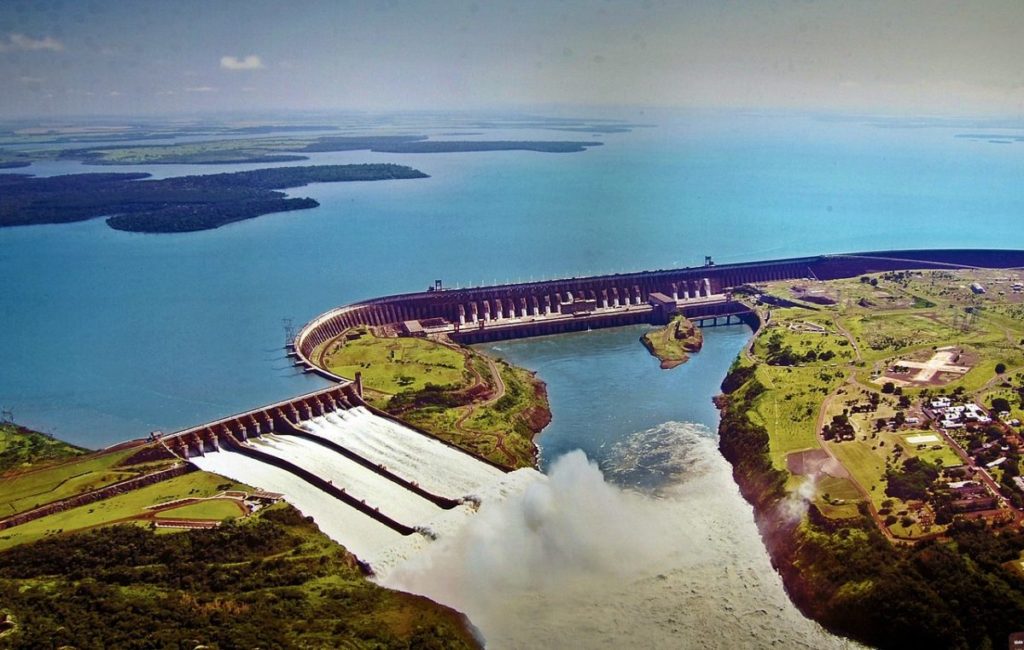Floating PV to offset underperforming hydropower

Brazil now has 12 GW of underperforming hydropower capacity, according to U.S. researchers. Large-scale floating PV is an ideal solution to offset this shortfall, due to its high capacity factor, load correlation, and high potential output during periods of high demand.

Large-scale floating PV is an ideal solution to offset underproduction at hydropower dams, due to its significant capacity factor and its ability to improve overall system reliability, while minimizing load curtailment.
This is one of the main conclusions of “Floating PV system as an alternative pathway to the Amazon dam underproduction,” which was recently published in Renewable and Sustainable Energy Reviews. The Michigan State University researchers behind the study assessed the potential of megawatt-scale floating PV plants for the Brazilian energy landscape.
Significant investment in such projects at the country’s numerous dams would improve the overall system reliability and give hydropower plant operators more flexibility to dispatch power during periods of peak demand. It could also help Brazil to ramp up generating capacity without building new dams.
Poor performance
Brazil’s total installed hydropower-generating capacity currently stands at 109.1 GW, but the government aims to reach 114.4 GW by 2023. However, the country’s extensive hydropower infrastructure has been shown to be quite fragile. In 2014, for example, severe droughts prompted the government to invest in more wind and solar.
The country’s total power generation capacity – including all sources – currently stands at roughly 161 GW, which means that hydropower covers more than half of total national energy demand. However, this is affected by the fact that at Brazil’s existing hydropower facilities, underproduction stands at approximately 12 GW.
The deployment of floating PV systems at underperforming dams could provide a double advantage. First, it could enable the construction of cheaper PV projects, as additional substations or transmission lines would not be needed. And second, floating PV could give hydropower plant operators the chance to use their projects as a form of energy storage to be dispatched in a way that can compensate the variable output of solar PV.
System adequacy
The scientists assessed the system adequacy of floating PV plants at hydro dam reservoirs for all sites with rated capacities equal to the reported underproduction capacities. They looked at system reliability indices before and after the addition of floating PV capacity.
Their analysis shows that floating solar is an ideal solution due to its high capacity factor, correlation with load, and high potential output during periods of high demand. “To evaluate the effect of peak load increase on the reliability of the system, the system peak load is increased by 4% annually,” they said. “The results also show that the capacity factor of PV systems is significant, with an overall average capacity factor of 42%.”
For example, the loss of load probability (LOLP) refers to the probability of outages. With the addition of floating PV, LOLP can improve by around 55.5%. However, current government plans to build more hydropower capacity in the Amazons would only improve LOLP by 46.2%.
Brazil currently hosts a 1 MW floating solar plant at the Sobradinho Dam, a 175 MW hydroelectric facility on the Sao Francisco River in Sobradinho, in the state of Bahia. The project, which will eventually be expanded to 5 MW, was first built by hydroelectric power producer Companhia Hidroelétrica do São Francisco (Chesf) in 2016. Chesf has also installed a pilot floating PV array at the Balbina Dam, a hydroelectric facility and power station on the Uatuma River in the Amazonian rainforest.
Engineering firm Tractebel, a unit of French energy giant Engie, is also now developing the basic design of 30 MW of floating PV capacity at the 52.2 MW Batalha hydropower plant. The site is owned by state-run power producer Eletrobras Furnas.
From: https://www.pv-magazine.com/2020/09/08/floating-pv-to-offset-underperforming-hydropower/

